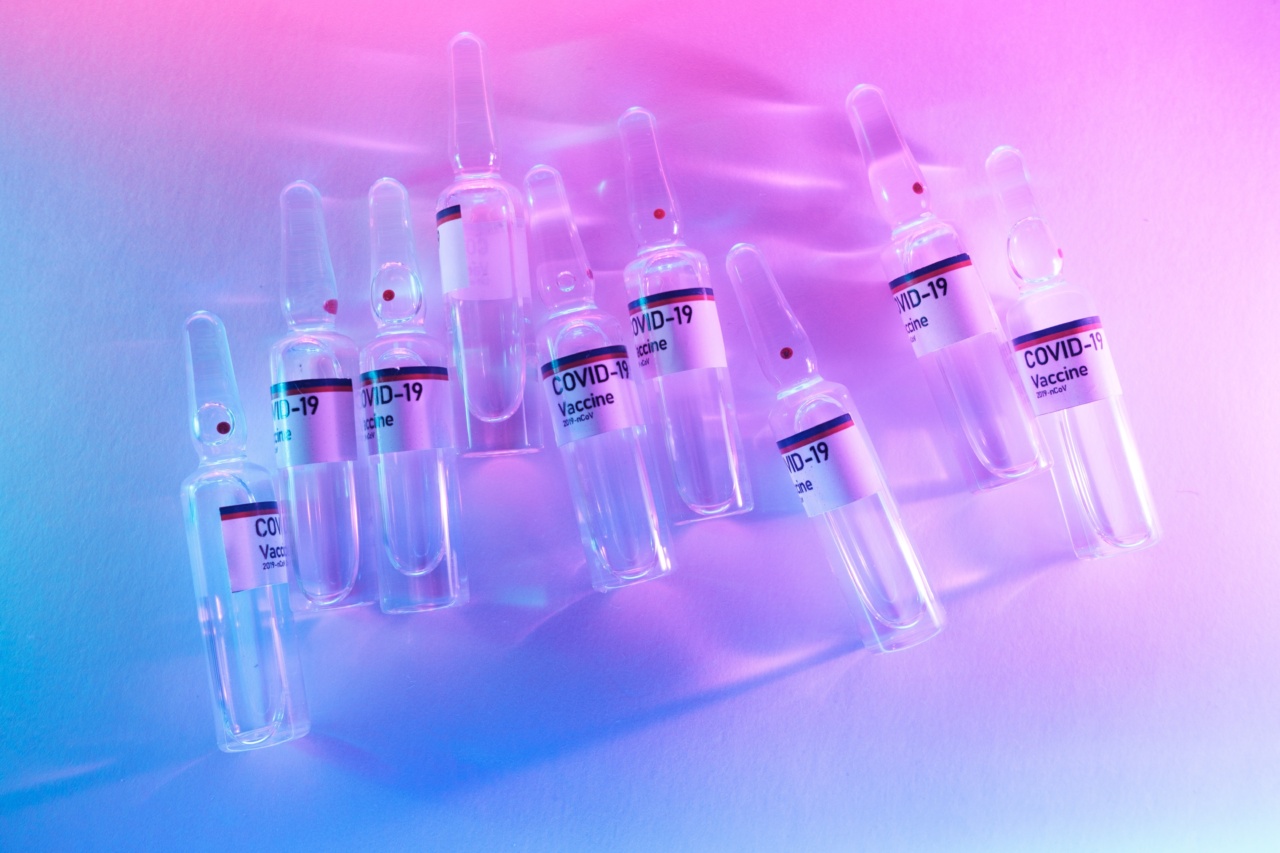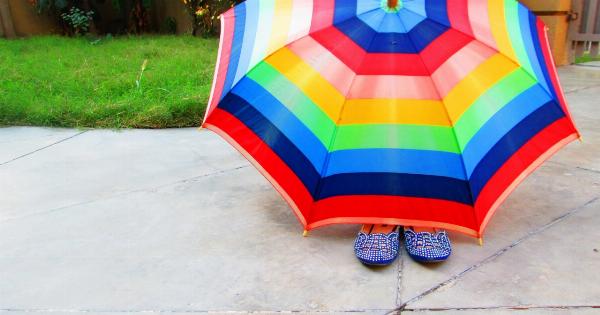Summer is undeniably the season of sun-kissed skin and beachy waves. It’s a time to soak up some vitamin D while enjoying the great outdoors.
However, while sunlight is essential for our health, overexposure can be harmful, leading to skin damage and even skin cancer. Consequently, adopting safe sun habits is critical to maintaining a healthy summer glow. This article aims to provide readers with dermatologist-recommended tips to keep their skin safe and healthy during the summer months.
Understanding UV Rays
Before we dive into the tips, it’s important to understand the two types of ultraviolet (UV) light that can cause skin damage: UVA and UVB.
While both types of radiation can lead to sunburn, premature aging, and an increased risk of skin cancer, they differ in their intensity and the damage they cause.
UVA radiation, also known as aging rays, can penetrate windows and clouds and is present throughout the year.
It can cause skin damage, including wrinkles, age spots, and a weakened immune system. On the other hand, UVB radiation, also known as burning rays, is more intense in the summer months and can cause sunburns, skin cancer, and premature aging.
Top Dermatologist Tips to Stay Safe in The Sun
1. Wear Protective Clothing.
Covering up in light, protective clothes made from tightly woven fabric is a great way to reduce the risk of sunburn and skin damage.
Look for clothes that feature UPF (Ultraviolet Protection Factor) as they offer more protection than traditional clothing. Don’t forget to protect your head, face, and eyes with a hat and sunglasses that block UVA and UVB rays.
2. Apply Sunscreen Properly.
Sunscreen is the most critical tool in our arsenal when it comes to sun protection. Apply a broad-spectrum sunscreen with a minimum SPF (Sun Protection Factor) of 30, which protects against both UVA and UVB rays.
It’s also essential to apply sunscreen correctly by following the instructions on the bottle and ensuring that enough of the product is used. Experts recommend using a shot-glass full of sunscreen for the entire body.
3. Seek Shade.
One of the simplest ways to avoid overexposure is to find a shady spot underneath an umbrella, tree, or any other form of natural shade.
By staying in the shade during peak hours (10 am to 4 pm), we can protect our skin from the strongest rays, reducing the risk of sunburn and skin damage.
4. Reapply Sunscreen Regularly.
Reapplying sunscreen is crucial to maintain its effectiveness and protection throughout the day. Experts suggest reapplying every two hours or more often if sweating or swimming.
5. Hydrate Frequently.
Staying hydrated is essential for overall health, but it’s particularly crucial during the summer months when we lose more fluids due to sweating.
Drinking plenty of water and other hydrating fluids, such as fresh fruit juices, can help keep the skin looking healthy and prevent dehydration.
6. Avoid Tanning Beds.
Tanning beds emit UVA and UVB radiation, leading to premature aging, skin damage, and skin cancer. Furthermore, indoor tanning equipment has been linked to an increased risk of melanoma, the deadliest form of skin cancer.
Skip the tanning beds and opt for a sunless tanning cream or spray instead.
7. Check Your Skin Regularly.
Performing regular skin self-examinations can help detect skin irregularities such as moles, freckles, or other spots that have changed or grown over time. If you notice anything concerning, make sure to contact a dermatologist for further evaluation.
8. Wear a Rashguard.
If you’re planning on spending a lot of time in the water, consider wearing a rashguard, a shirt made from stretchy material that protects against the sun’s harmful rays.
Rashguards are particularly useful for protecting the shoulders, neck, and upper arms, areas of the body that often get sunburned in the water.
9. Wear a Buff.
A buff is a multifunctional headwear that protects against the sun and wind while keeping the hair in place.
Made from stretchy, breathable material, it’s an ideal accessory for outdoor activities where you want to keep your hair out of your face and protect your scalp from the sun.
10. Use Antioxidants.
Incorporating antioxidant-rich foods into your diet can help protect the skin from the damaging effects of UV radiation.
Foods like berries, leafy greens, and nuts are high in antioxidants and can help protect the skin from premature aging and other skin damage.
Conclusion
The sun can be both friend and foe in terms of our health and wellbeing.
While it’s essential to get some sun exposure, particularly to absorb adequate amounts of vitamin D, it’s crucial to practice safe sun habits to reduce the risk of skin damage and skin cancer. By following these 10 dermatologist-recommended tips, you can enjoy a healthy summer glow while keeping your skin safe and protected.



























